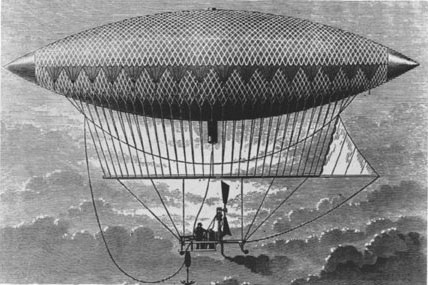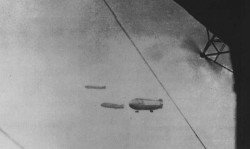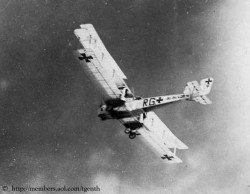Richard Griffiths. Fellow Travellers of the Right: British Enthusiasts for Nazi Germany, 1933-9. Oxford: Oxford University Press, 1983. I love this book. So I bought it. A brilliantly readable study of who liked the Nazis and why, including a few pages specifically on 'the world of aviation' (137-41).
Adrian Brunel, Brian Desmond Hurst, and Michael Powell, dirs. [The] Lion has Wings. Magna Pacific, 2002 [1939]. A quickie propaganda docudrama (started after the outbreak of war, and released in November), emphasising the power of the RAF. Yes, that's Powell as in Powell-and-Pressburger. Stars Ralph Richardson and Merle Oberon, produced by Alexander Korda.
Tim Whelan, dir. Q Planes. Magna Pacific, 2002 [1939]. An amusing piece of pre-war espionage fluff about experimental planes being stolen via the use of a ray gun, which stops engines at a distance (a recurring idea between the wars). Could be held partly responsible for both The Avengers and Thunderball! Stars Laurence Olivier and Ralph Richardson, produced by Alexander Korda.



